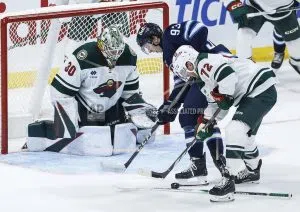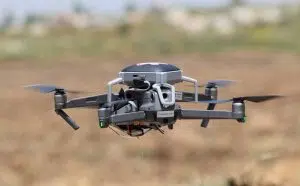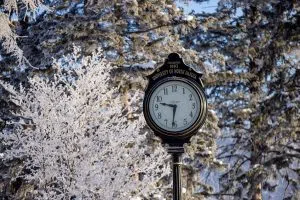 (NPR Minnesota) –
(NPR Minnesota) –

The 29-year-old was playing for the Nottingham Panthers in England when an opposing player’s skate slashed his neck during a collision on the ice. There’s an ongoing manslaughter case in the U.K.
Immediately after the tragedy, calls for greater safety arose at several levels of hockey. It led USA Hockey to require all youth players and on-ice officials to wear neck laceration protection in practice and games. That regulation, approved in January, took effect Aug. 1.
Joe Delich, executive director of USA Hockey’s local division Minnesota Hockey, told MPR News the debate over neck guards was given new energy following Johnson’s death.
“I think what happened with Adam was so striking to everybody that interesting enough, we just have not seen the pushback that we tend to see every time we update [rules], whether it’s a protective gear rule or some other type of rule,” Delich said. “It really seems to have been embraced by the kids.”
Delich recalled masks and face shields becoming the norm during his own hockey career. It wasn’t until 1978 that helmets with full cages were mandated in the NCAA. Much of the historical pushback by players was over bulk and equipment restricting their movement.

With neck guards, “the manufacturers have done a great job of, you know, trying to balance both the safety with comfort,” Delich said.
“I think that was always one of the issues — and moveability — so it doesn’t restrict head movement to where, you know, kids, kids start to get impacted in their ability to see what’s coming at them from the side, which can have its own dangers in a collision sport like hockey,” he added. “Overall, it really has been pretty well received by our base.”
The new gear requirements bring an additional cost for families in an already pricey sport. Minnesota Hockey, along with many other organizations, tries to offset some of the costs in a partnership with the Minnesota Wild.
“There’s a lot that happens to try and outfit and equip kids that, especially kids that might come from a family that economically can’t afford to play and so we really try and break down those barriers,” Delich said.
However, neck guards weren’t widely used, so recycling old equipment en masse proved impossible. Even so, Johnson’s tragic death “made it really difficult for people to object.”
“Our community has been really open to … tagging on that extra cost,” Delich said.











